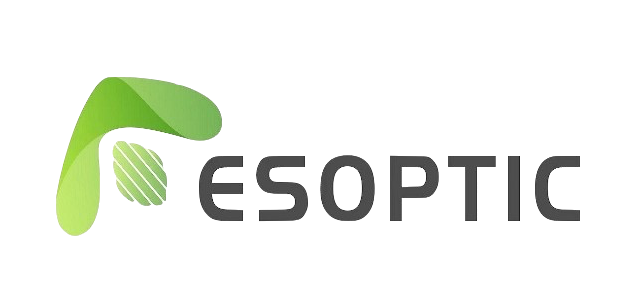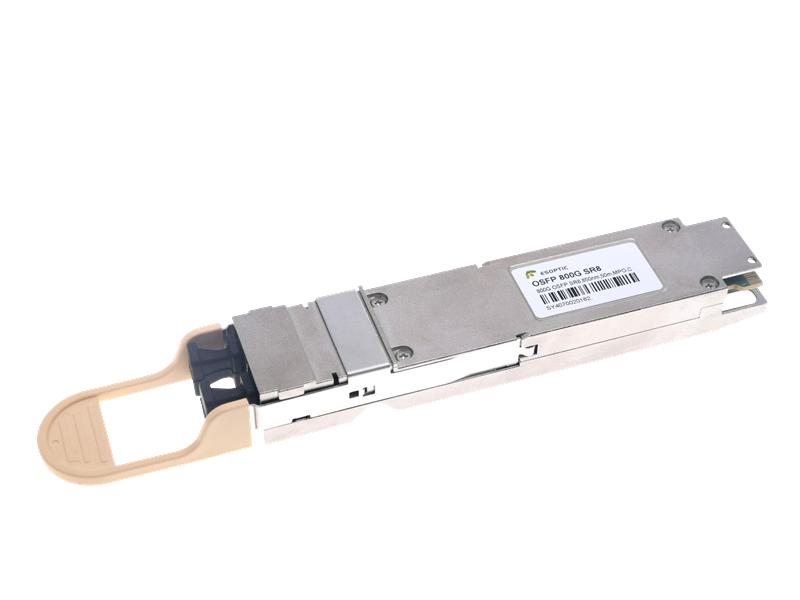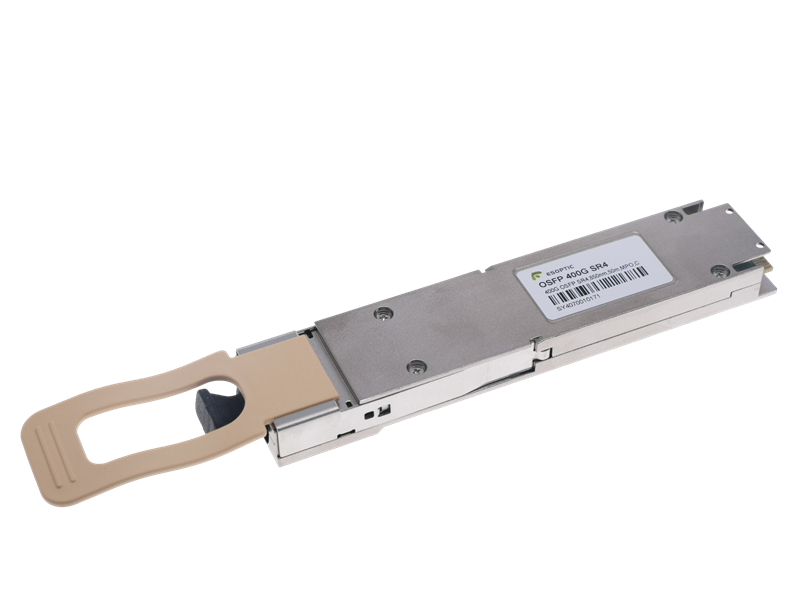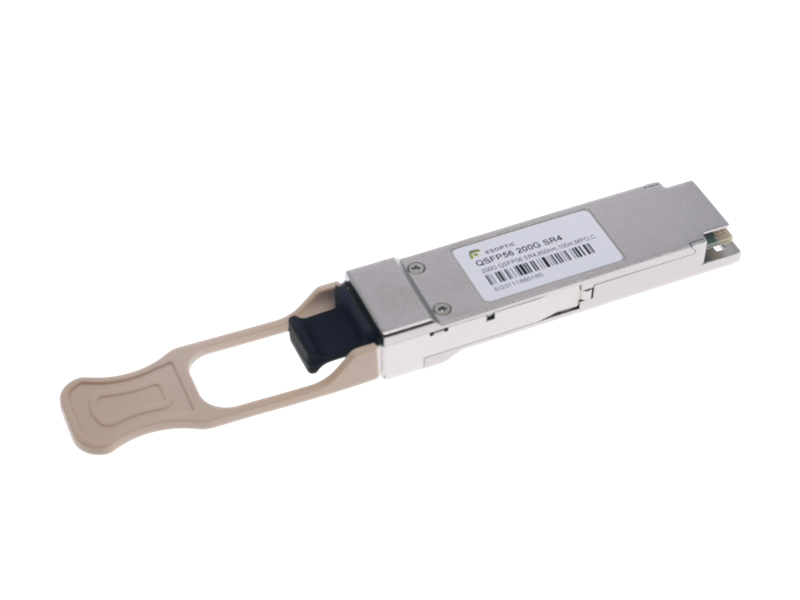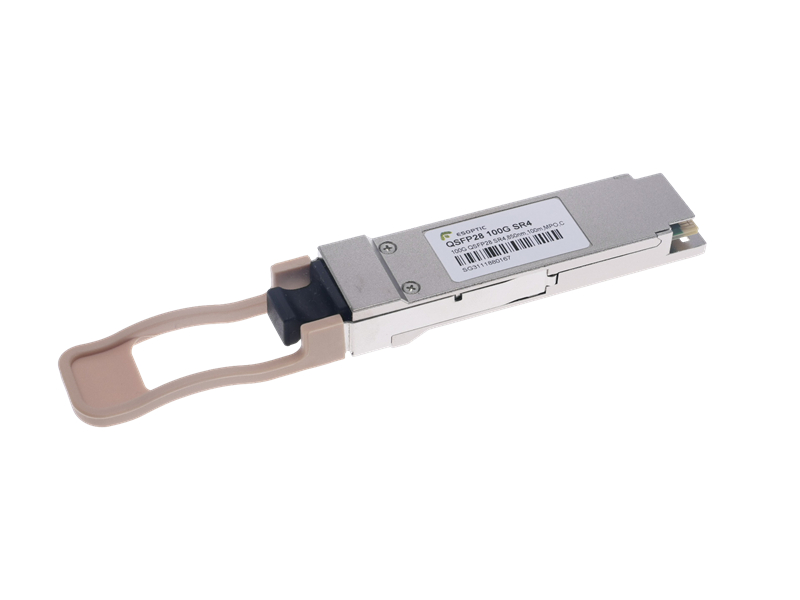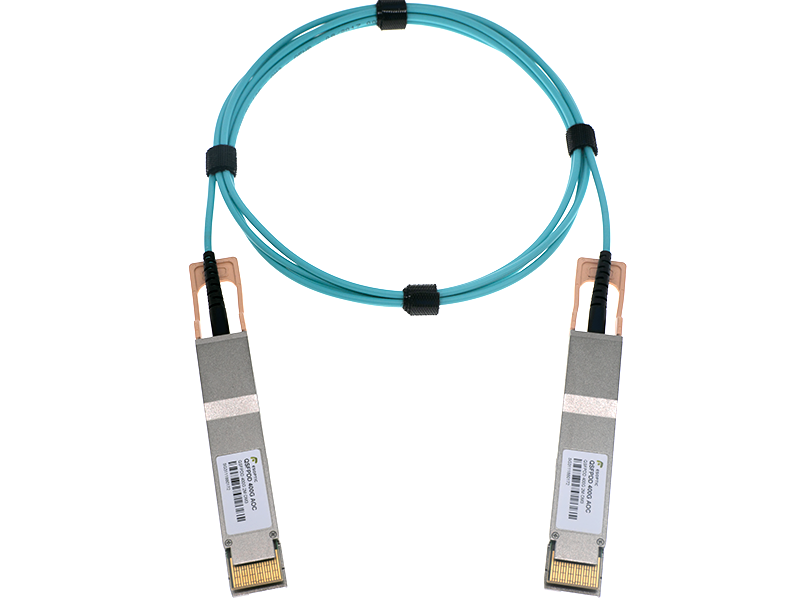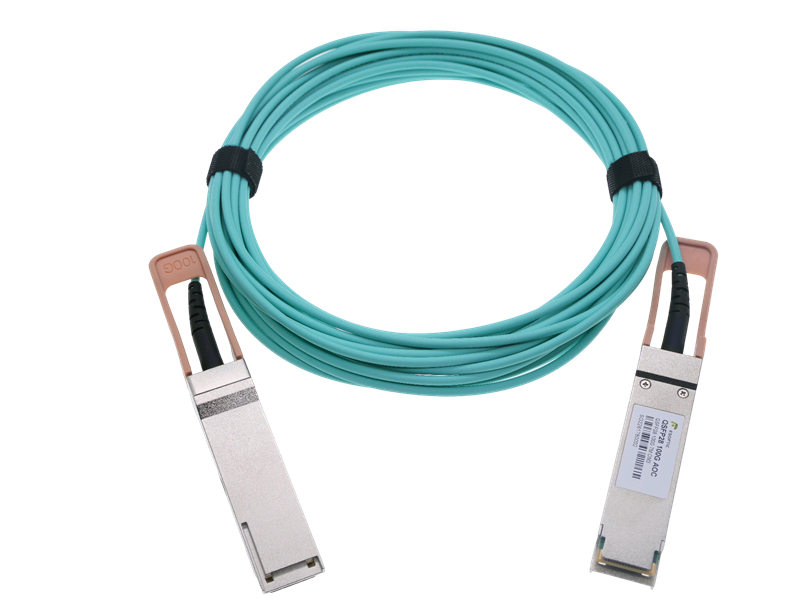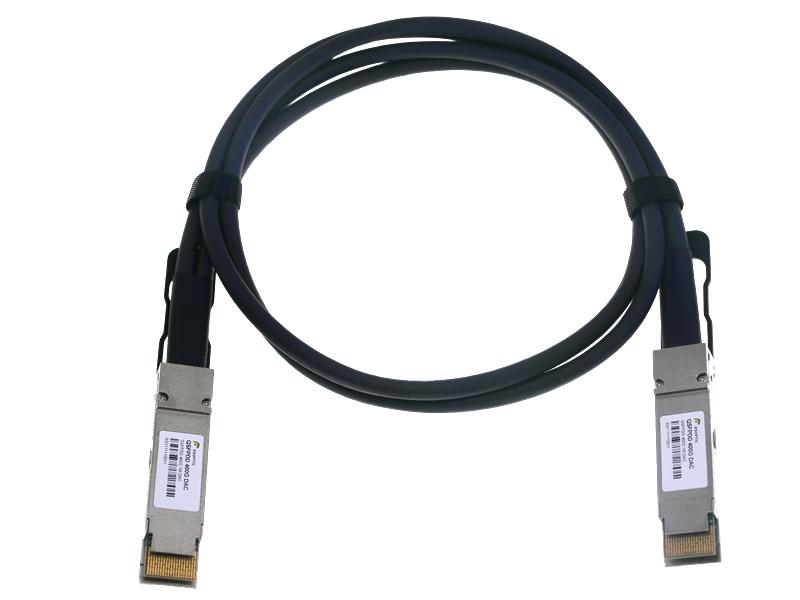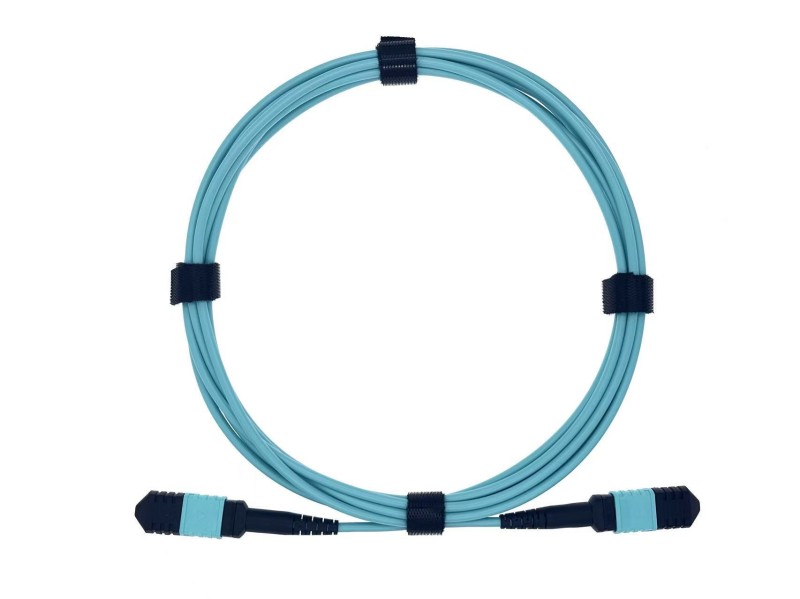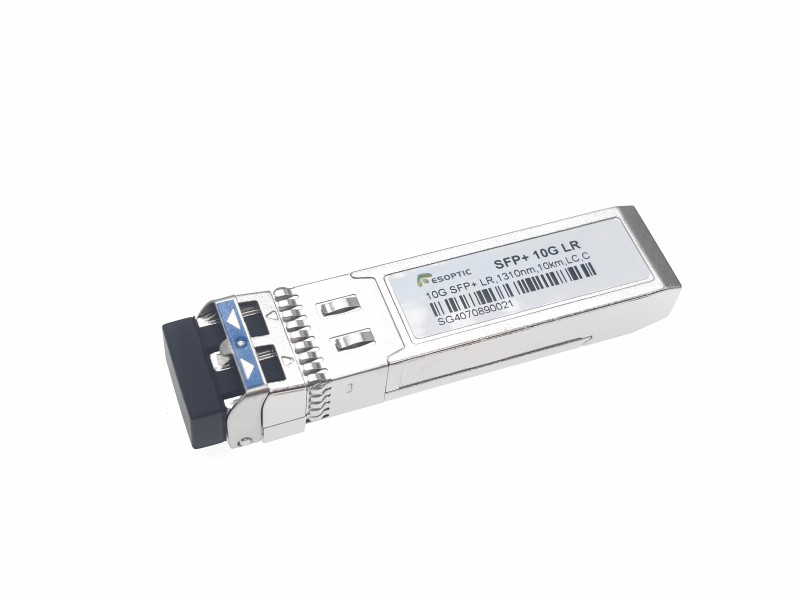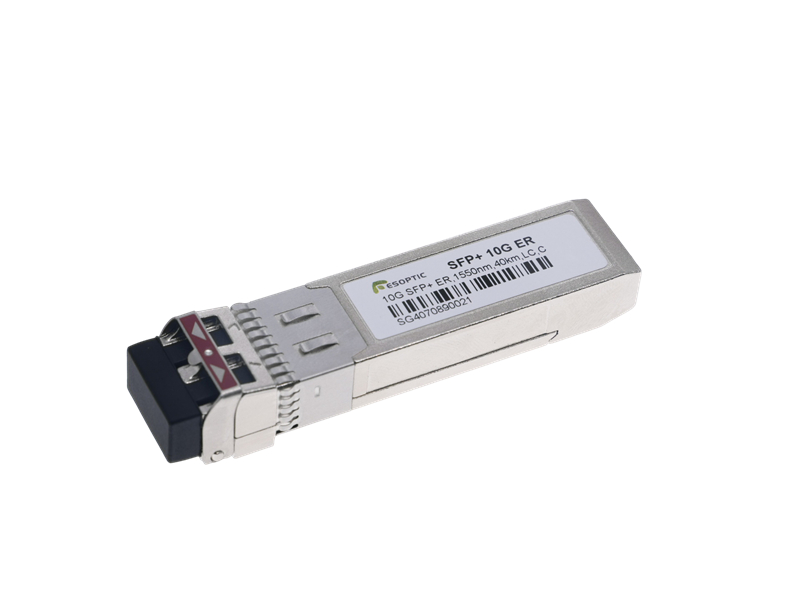As the digital landscape evolves, both the fixed network and mobile network serve as critical pillars of global connectivity. Though they deliver similar outcomes—fast and reliable access—their architectures and technology paths differ significantly. Understanding how to deploy the right optical products for each is essential in modern network design. At ESOPTIC, we engineer purpose-built optical products for both fixed networks and mobile networks, helping customers build smarter, future-proof systems.
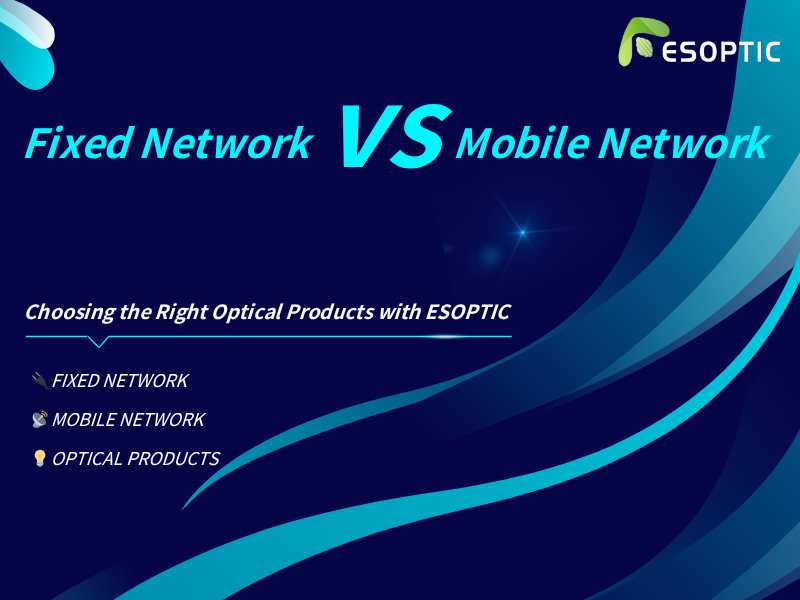
Fixed Network: Wired Stability and Capacity
A fixed network refers to a communication infrastructure built on physical mediums like fiber optics. Whether it's Fiber to the Home (FTTH), Metro Ethernet, or enterprise LANs, the fixed network is valued for stable bandwidth and low latency.
To support these needs, ESOPTIC offers high-performance optical products such as:
GPON/EPON transceivers: Ideal for last-mile fixed network deployments.
10G/25G SFP+ modules: Backbone of enterprise switches and metro rings.
CWDM transceivers: Expand fixed network capacity without extra fiber.
DAC and AOC cables: Enable high-speed in-rack and rack-to-rack connections.
Our optical products for fixed networks are designed with efficiency and compatibility in mind, ensuring long-term scalability.
Mobile Network: Wireless Reach, Optical Precision
A mobile network uses wireless transmission—via towers and base stations—to connect users on the move. With the arrival of 5G, the mobile network has become more fiber-dependent than ever before. Fronthaul, midhaul, and backhaul segments all demand precision optical products.
ESOPTIC’s optical products for the mobile network include:
25G SFP28 transceivers: Used in 5G fronthaul, linking AAUs and DUs.
LWDM and CWDM modules: Maximize limited fiber usage in the mobile network.
Industrial-grade optics: Built to endure the outdoor demands of a live mobile network.
MWDM transceivers: Provide channel density and wavelength efficiency for 5G.
Whether you’re extending a fixed network to rural homes or densifying a mobile network in urban areas, ESOPTIC optical products are engineered to keep up with demand.

FAQs: Fixed Network vs Mobile Network
Q1: What’s the core difference between a fixed network and a mobile network?
A1: A fixed network delivers broadband via fiber cables, while a mobile network uses wireless signals through antennas and base stations.
Q2: Are optical products needed in both networks?
A2: Absolutely. Both fixed networks and mobile networks rely on high-speed optical products for transport, aggregation, and access.
Q3: Can one optical product be used across fixed and mobile networks?
A3: Some ESOPTIC optical products, like CWDM modules, are versatile enough for both fixed network backbones and mobile network fronthaul.
Q4: How does ESOPTIC tailor products for mobile environments?
A4: We design rugged, industrial-temperature optical products ideal for outdoor mobile network deployment.
Q5: Which ESOPTIC products are most common in fixed networks?
A5: GPON/EPON transceivers, 10G SFP+, and AOC/DAC cables are the backbone of fixed network systems.
Final Thoughts
The fixed network provides wired dependability. The mobile network delivers wireless freedom. But both depend on high-quality optical products to function at scale. ESOPTIC brings deep expertise and a full portfolio of reliable, high-performance optical products tailored for every layer of the fixed network and mobile network infrastructure.
To learn more about how ESOPTIC supports both network types, visit www.esiontech.com.
